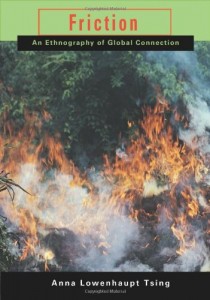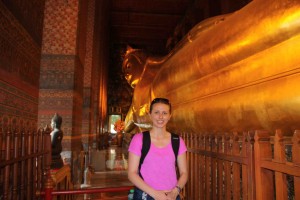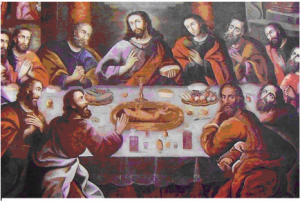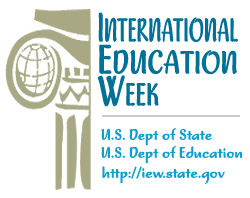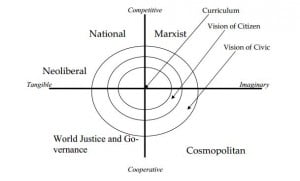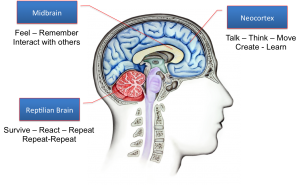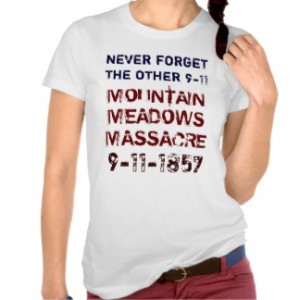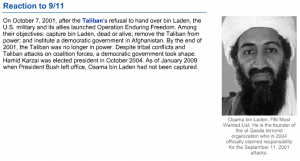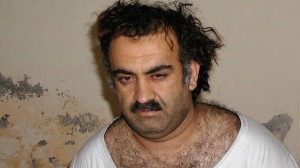I love going to farmers’ markets. I try to buy from a variety of farms in order to spread my support around. I also love Oliver Wendell Holmes 1919 dissent statement in Abrams v. United States. In it he invokes the power an individual can have among the collective. He notes:
“Persecution for the expression of opinions seems to me perfectly logical. If you have no doubt of your premises or  your power and want a certain result with all your heart you naturally express your wishes in law and sweep away all opposition…But when men have realized that time has upset many fighting faiths, they may come to believe even more than they believe the very foundations of their own conduct that the ultimate good desired is better reached by free trade in ideas. . . . The best test of truth is the power of the thought to get itself accepted in the competition of the market, and that truth is the only ground upon which their wishes safely can be carried out.”
your power and want a certain result with all your heart you naturally express your wishes in law and sweep away all opposition…But when men have realized that time has upset many fighting faiths, they may come to believe even more than they believe the very foundations of their own conduct that the ultimate good desired is better reached by free trade in ideas. . . . The best test of truth is the power of the thought to get itself accepted in the competition of the market, and that truth is the only ground upon which their wishes safely can be carried out.”
In short, Holmes believes that “the ‘marketplace of ideas’ is the foundation of the constitutional system, not merely the First Amendment, and efforts to suppress opinions by force therefore contradict a fundamental principle of the Constitution.”
Any marketplace of ideas can be competitive, risky, rewarding, and collaborative. What happens when we apply this principle to the field of education… on a global level?
TES is what happens!
The English based Times Education Supplement (TES) is dedicated to supporting the world’s teachers. Their mission “is to enable great teaching by helping educators find the tools and technology they need to excel, supporting them throughout their career and professional development.”
Additionally, TES is “home to the world’s largest online community of teachers with 7.3 million registered users… this network is one of the fastest growing of any profession globally, helping support, guide and inspire educators around the world.”
I was introduced to TES during last November’s Global Education Conference (see that presentation below). I promptly became a member of TES (check out my TES page here) and contacted them to find out more. From there, I met Gabe Barker. Gabe was happy to sit for an interview about the education marketplace known as TES. His insights follow. Welcome to the new marketplace – Enjoy!
- Hi Gabe. Tell us about how you got involved in TES and explain the organization’s vision.
After teaching for a few years and then getting my graduate degree in education technology, I was looking for jobs that would keep me in that field. I saw an ad for the position on EdSurge and jumped at the opportunity to help as many teachers as possible to share, sell, and create teaching materials online.The high-leve l vision of TES is quite simple – help teachers teach. We strive to support teachers in real, tangible ways. Since teachers are so strapped for time, they often can’t design every worksheet, lesson, handout, and quiz needed to teach a successful class and still have enough energy for their students in the classroom. Moreover, now that most states require classes to align with Common Core State Standards, teachers in the U.S. are in need of even more resources that they know are effective with real students. Since teachers are the ones in class every day, they know best what materials actually increase student learning outcomes. TES works to meet that need. Every resource in the marketplace is created by a teacher for a teacher. For every resource purchased in the U.S., the teacher who created the resource gets 100% of the profit because we value the hard work that teachers put in to make those materials.In addition to this dynamic marketplace, we host Blendspace, a lesson-building product where teaching resources can be freely integrated and implemented; and Wikispaces, an open classroom management platform that facilitates student-teacher communication and collaboration.
l vision of TES is quite simple – help teachers teach. We strive to support teachers in real, tangible ways. Since teachers are so strapped for time, they often can’t design every worksheet, lesson, handout, and quiz needed to teach a successful class and still have enough energy for their students in the classroom. Moreover, now that most states require classes to align with Common Core State Standards, teachers in the U.S. are in need of even more resources that they know are effective with real students. Since teachers are the ones in class every day, they know best what materials actually increase student learning outcomes. TES works to meet that need. Every resource in the marketplace is created by a teacher for a teacher. For every resource purchased in the U.S., the teacher who created the resource gets 100% of the profit because we value the hard work that teachers put in to make those materials.In addition to this dynamic marketplace, we host Blendspace, a lesson-building product where teaching resources can be freely integrated and implemented; and Wikispaces, an open classroom management platform that facilitates student-teacher communication and collaboration.
2. What are some of the successes of TES and what is ahead for 2016?
Our greatest success this past year was launching the U.S. marketplace in August 2015, and it’s been a fast and furious five months since then. Shortly after this launch, we integrated Blendspace’s lesson builder and our marketplace platform so that educators can instantly incorporate the resources they discover on TES into digital lessons. We view this integration as a move toward making it even easier and effective for teachers to implement TES resources and engage students in differentiated, flipped, and/or group learning.Since we also care deeply about teachers and their experiences with TES, we provide personalized attention to authors via our content team (made up of all former teachers like myself!). In addition to that support, we strive to foster communication about best teaching and TES author practices through our Authors’ Hub and Teachers’ Lounge guest blog. We also offer exclusive Pinterest collections and boards filled with resources created by our educator community. As we move into 2016, we are launching the Teacher Advisory Board and the Ambassador Program in the US. The Teacher Advisory Board is composed of a small group of leaders in US education and the Ambassadors Program consists of teachers in the US and Canada. The Teacher Advisory Board is expected to give us insight into big trends in education, and the Ambassadors will provide product feedback and help out on various projects and initiatives (e.g., our guest blog, videos, etc). We have both the Teacher Advisory Board and Ambassador Program to better understand teachers’ perspectives, from their experiences with our products to broader issues impacting the education community.
3. What makes your program unique in the space of global citizenship education?
While most of my previous answers have focused on the US marketplace, it’s important to note that TES is truly a global platform. In our marketplace, teachers and other educators from around the world can discover 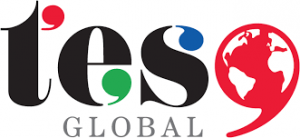 and share innovative teaching techniques and resources. Essentially, TES helps teachers incorporate global content and perspectives into local lessons, which works to increase global collaboration and further “flatten” the world of education. Furthermore, by using global content in their lessons, teachers help their students gain new insights about different parts of the world.
and share innovative teaching techniques and resources. Essentially, TES helps teachers incorporate global content and perspectives into local lessons, which works to increase global collaboration and further “flatten” the world of education. Furthermore, by using global content in their lessons, teachers help their students gain new insights about different parts of the world.
4. What are the best ways for teachers/schools to get involved?
It’s easy for teachers and schools to get involved with TES. The first step is to create a free account and search tes.com<http://tes.com><http://tes.com> for resources to try out with students. Schools can encourage team leaders to test resources from TES, and help other teachers use resources in the classroom. Additionally, individual teachers can become authors by uploading materials that they’ve created for their classrooms and making them available in the marketplace. They can either share their materials for free or sell them to earn 100% royalty. Moreover, we’re always looking for new teaching perspectives to share with our community. Teachers can submit a blog post or an article for publication in our guest blog.
5. What are some examples of feedback you have received on the teacher resource component of TES?
One of the best parts of my job is the daily communication and feedback I have with teachers in our community. We are thankful that we receive so much feedback from teachers! Here are a few gems:
“The uploader on TES resources is incredibly user-friendly and easy!! Thanks for this service!” – a seller of Spanish resources on TES
“I like the personal touch at TES which I haven’t had from other online marketplaces…it feels like I’m noticed and recognized.” – a Social Studies teacher on TES
“Thank you for your marketplace and always being ready to help!! I did the happy dance when I saw my sales this morning. :)” – An English Language Arts Teacher on TES
6. It has been a pleasure. What final words do you have for readers?
Teachers are some of the hardest working and most passionate professionals, and they don’t receive recognition often enough about their value and impact on students in their classrooms. TES provides a venue to help alleviate some of the stresses on teachers’ time, including finding effective resources and creating digital lessons, and to elevate and share their teaching practices with other educators around the world. Essentially, we hope to make a difference in teachers’ lives, so they can continue making a difference in students’ lives. We’re always open to feedback, and look forward to working with you!
The TES Presentation that Inspired Me…
During the 2015 Global Education Conference (please get involved with this) Jim Knight, Chief Education Adviser at TES was a keynote speaker. As a former Cabinet minister in the Labour Government, Minister for Schools and Learners, and member of the Privy Council and the House of Lords, Jim Knight has skills in decision making, communication, media handling and strategic policy, and has unrivalled expertise in the inter-relationship between education, skills and employment policy given his ministerial experience. He also has a current understanding of the potential use of digital technology in the delivery of public services. See his presentation below.





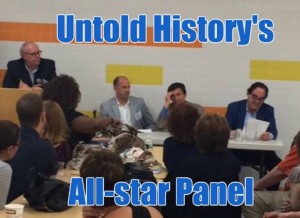
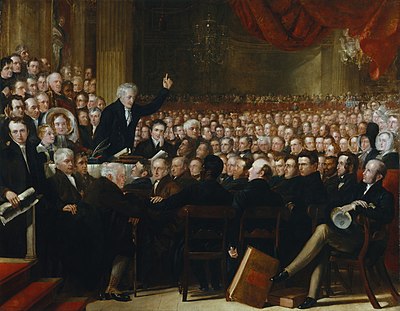
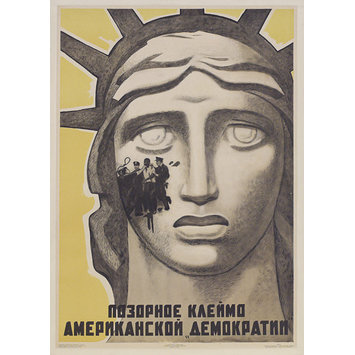

 l and will take place online in webinar format. Sessions are held around the clock to accommodate participant time zones. You can search and view archived recordings of past sessions. I hope you attend, and present, in November. The
l and will take place online in webinar format. Sessions are held around the clock to accommodate participant time zones. You can search and view archived recordings of past sessions. I hope you attend, and present, in November. The 
 I disagree with Levesque’s point somewhat. I have had multiple opportunities to work with scholars that brought about an expansion of my knowledge base and powerful reflection about my practice. I urge high school teachers to seek out these opportunities and in fact attempt to create such connections in m y current position.
I disagree with Levesque’s point somewhat. I have had multiple opportunities to work with scholars that brought about an expansion of my knowledge base and powerful reflection about my practice. I urge high school teachers to seek out these opportunities and in fact attempt to create such connections in m y current position.

